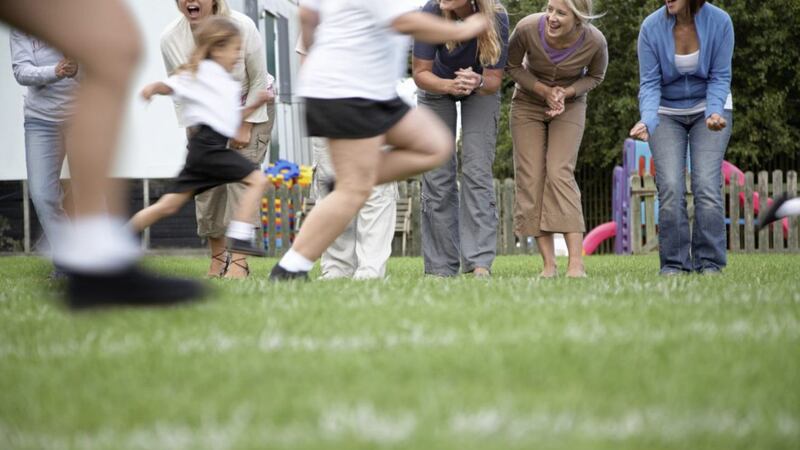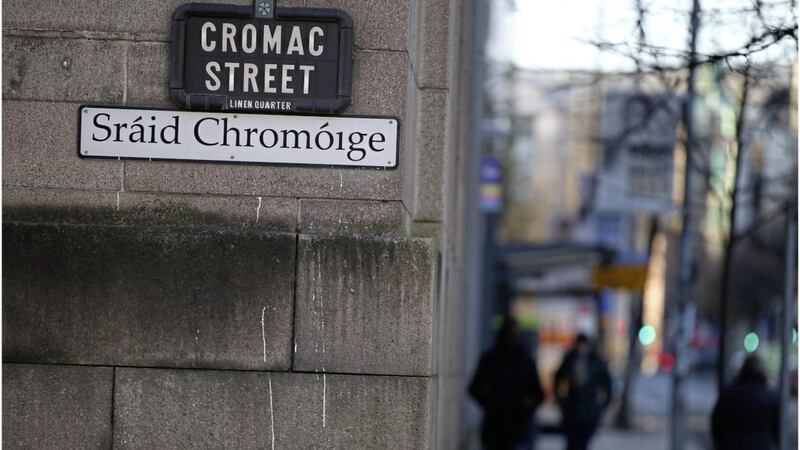VERY low numbers of children in Ireland are exercising for the recommended one hour a day, new research has found.
Only one in five primary school children meet physical activity guidelines for daily vigorous activity.
This slumps to about one in 10 when children reach secondary age.
The findings are contained in the first cross-border Children's Sport Participation and Physical Activity Study.
It has been published by Sport Ireland, Sport Northern Ireland and Healthy Ireland and provides insights into experiences in the north and Republic.
More than 6,600 students from 115 schools took part.
Overall, levels of active and social participation in sport, in schools and communities, were high.
There were notable differences for particular groups based on age, gender, disability, and social class.
Children who played sport regularly were significantly more likely to meet physical activity guidelines.
In both the north and Republic, 13 per cent of young people achieved the target of an hour or more of daily exercise.
Two in five children in primary school met the target, slightly higher than the Republic (17 per cent).
In the north's primary schools, about 20 per cent of pupils received 30 minutes of physical education.
At post-primary level, pupils received an average of about two hours of weekly PE lessons.
About two in three primary pupils participated in school sport at least once a week. This dropped to 58 per cent in post-primary.
Fewer girls met the `moderate-to-vigorous' activity guidelines, compared to boys.
Higher levels of self-reported happiness were associated with more days where at least 60 minutes of moderate-to-vigorous activity was achieved.
About one in three (36 per cent) of primary and 18 per cent of post-primary pupils reported actively commuting to school, either cycling or walking.
Insufficient safe places to cross the road (primary) and distance (post-primary) were the main reasons cited for not actively commuting to school.
The study recommended that "realistic and meaningful" targets were needed to increase the proportion of children exercising regularly.
Antoinette McKeown, Chief Executive for Sport Northern Ireland, said the study was an invaluable look into children's activity levels.
"This provides an excellent base for future policy development and delivery," she said.
The Republic's Minister of State for Tourism and Sport, Brendan Griffin TD, said it was an excellent study.
"We can see that the majority of children are participating in organised sport, at either community or school level," he said.
"While that is good news, we need to build on this achievement by providing more support to parents, clubs and communities with the resources they need to ensure children have a broad range of opportunities to participate."








